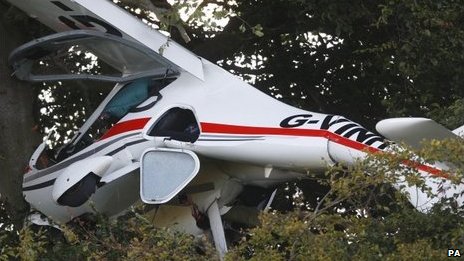Based on what I experienced and observed while racing sailplanes some years ago, I've never seen an instance where stalling a glider would have been preferable to flying it in.
That includes a handful of tree landings (1 personally), dozens of off field landings including perhaps a half dozen in heavy crops (mostly corn), and one low altitude stall returning from a winch launch.
One tree landing destroyed every aircraft component; both wings (spar unbroken), stabilizer/elevator, fin, fuselage tail boom, shattered canopy and a split cockpit. Pilot emerged unharmed from the split cockpit as it sat on the ground 180 degrees from the direction of flight. The glider had been flown into trees and into a steep hillside.
The low altitude stall (less than half a wing span) resulted in the pilot suffering back injuries (passenger unharmed).
As others have suggested the vertical speed component of a stalled aircraft can hurt. The idea of 'mushing' into a crash may come from the sensation of doing a power-on or partial power stall where the nose can be held up while the wing stalls.
However, in the case of a glider or a dead stick airplane, you lose control of the nose when stalled. The aircraft may appear to start moving downward in a near level attitude, but the nose will quickly fall through and you will not have any elevator authority to stop it. In that scenario, having the nose slide between some tree trunks may result in a nose first fall into the ground. If minimum flying speed is carried into the trees, you'll have the best chance of keeping the nose up as the aircraft absorbs the damage and the speed.
In the case of high crops, again the objective is to keep flying and keep the nose up. As soon as the crops are hit, speed is quickly lost and forward progress is surprisingly short. I have no exposure to ditching (water landings) but I think the same things apply.
I guess the things you don't want to do is to fly into a wall, wire, or to roll off a small ledge. And don't cart wheel. Fly the aircraft.


